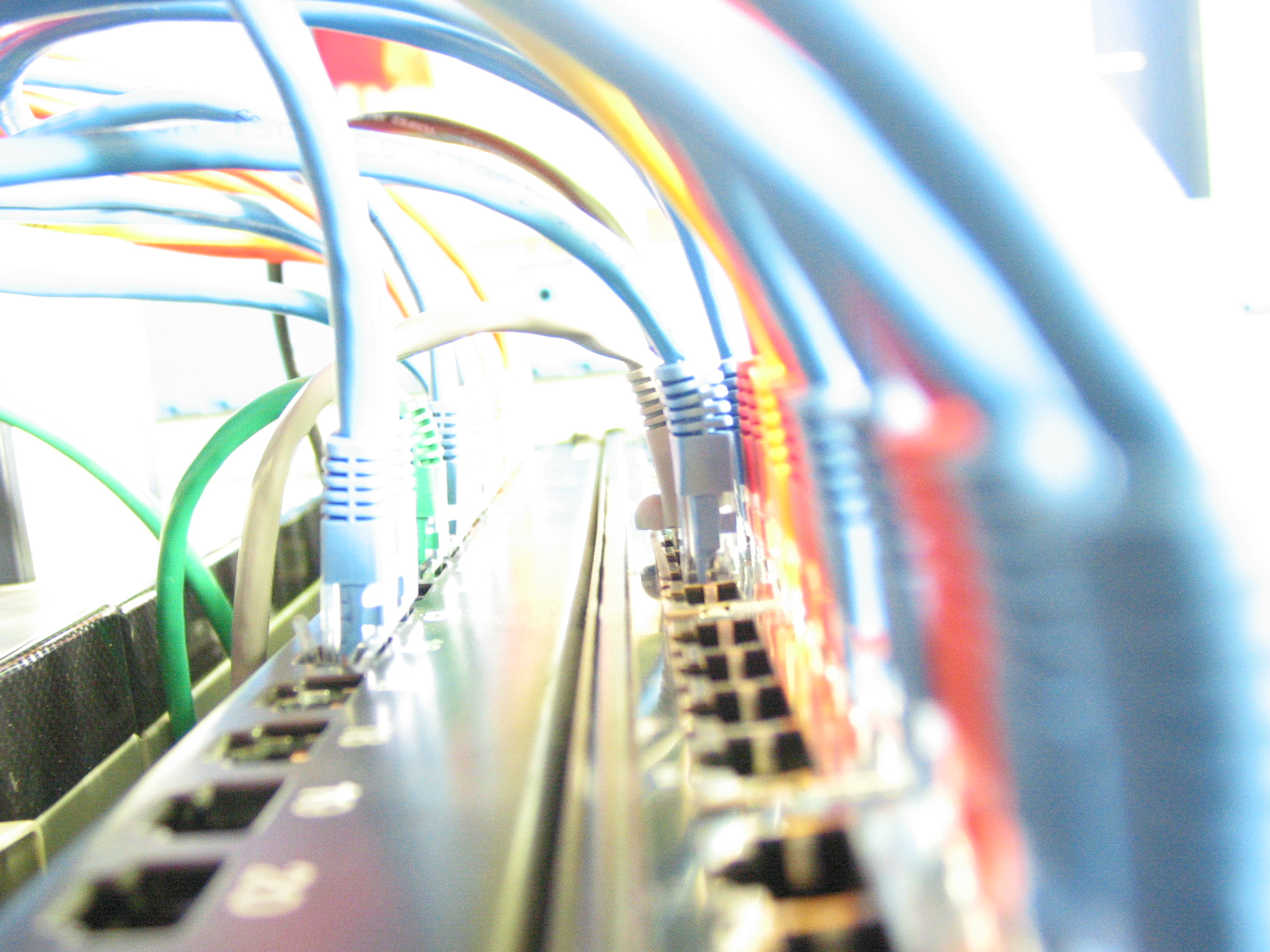In this article we want to deepen the aspects that may seem to the most trivial or unnecessary, but that they are often subject to confusion. The cables on which we want to put our attention today are the network cables for indoor and outdoor use.
The LAN network cables are mainly used for the realization of all the Ethernet networks, whereever they are placed (offices, apartments, industrial buildings or other buildings).

The increasing use of it regards alarm systems, where the network cable is used to connect the control unit to the LAN or to a computer that allows the management and control of the entire system. This makes it possible to remedy the problems caused by previous technologies such as the serial interface RS-232 and USB.
On the use of video surveillance systems, however, the network cable is used to connect the analog and digital cameras, DVRs and VCRs LAN devices (such as switches, routers) for routing data traffic.
The Ethernet cables can be classified in numerous ways. In addition to distinguish between indoor network cables, outdoor network cables and power supply, a further distinction that is made it is based on the type of shielding and isolation:
- UTP (Unshielded Twisted Pair) cables are made up of 8 twisted copper wire pairs, which pairs are in turn intertwined. Not being shielded these cables are particularly flexible.
- STP (Shielded Twisted Pair): These cables have a dual screen, one for each pair and an outside. This feature makes them much less flexible than UTP and more expensive.
- FTP (Foiled Twisted Pair): being a UTP cable with only the outer shield, we could call it a mix between UTP and STP cable. And ‘in fact an intermediate solution between the previously described cables.
Based on their ability to carry the signal and the different electrical properties of the network cables from the interior and exterior are divided in their face in different categories (standard and established by TIA -Telecommunications Industry Association and the EIA):
- CAT5 is definitely the slowest cable category and is now considered obsolete (only supported speeds up to 100Mhz).
- 5e (Cat 5 enhanced): replaced the Cat5 and is currently the most widely used because it can greatly reduce interference (supports up to 200Mhz and connections Fast Ethernet and Gigabit Ethernet).
- CAT6: thanks to inner liner that isolates the pairs of wires, it is ideal for double frequency compared to Cat5e, that is up to 250 and 500MHz. To now use these categories of wiring for your home network is to be ready for possible upgradi in the future.
There are of course also Cat7 or Cat8 cables, but considered the pros and contri (flexibility, price, performance, ease of installation) in most cases for most common security systems you can use the Cat5e or Cat6 network cables.
For more information about the data cables for indoor, outdoor and power ELAN, please contact us directly.

